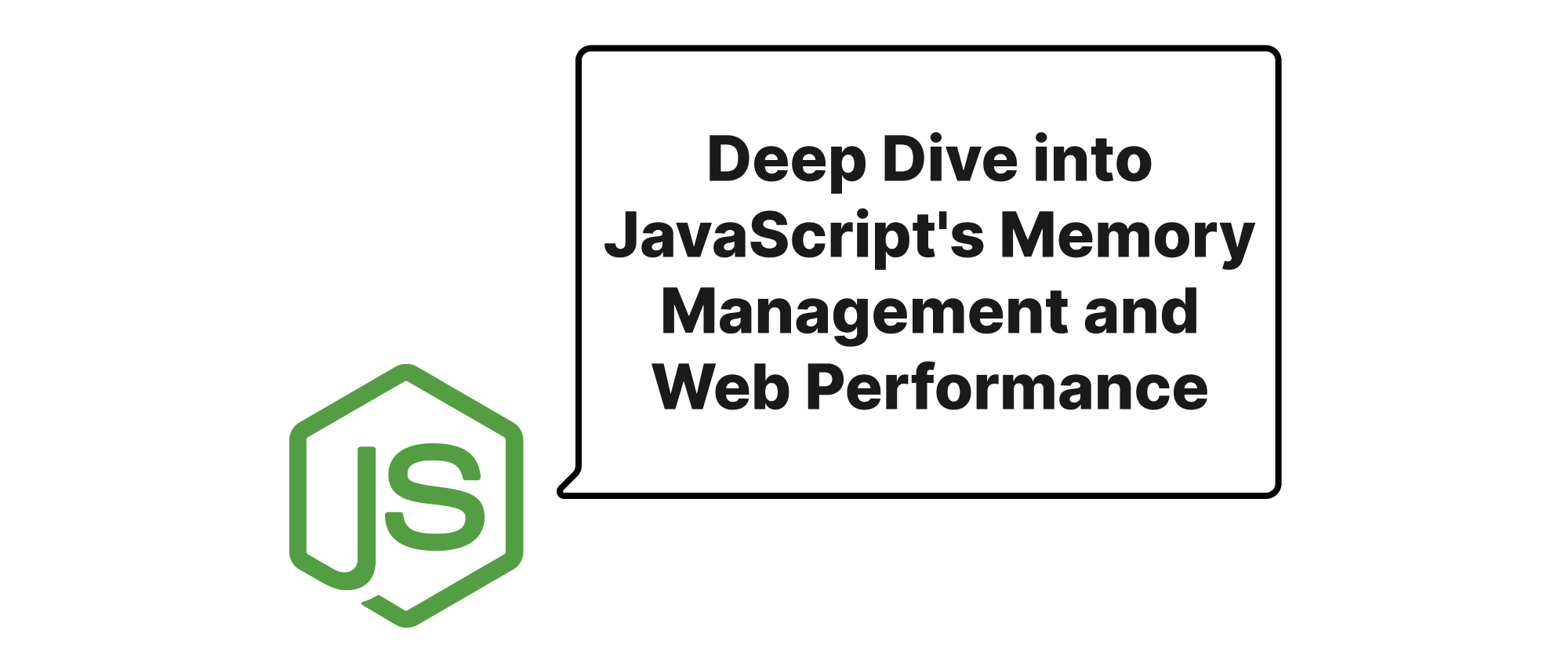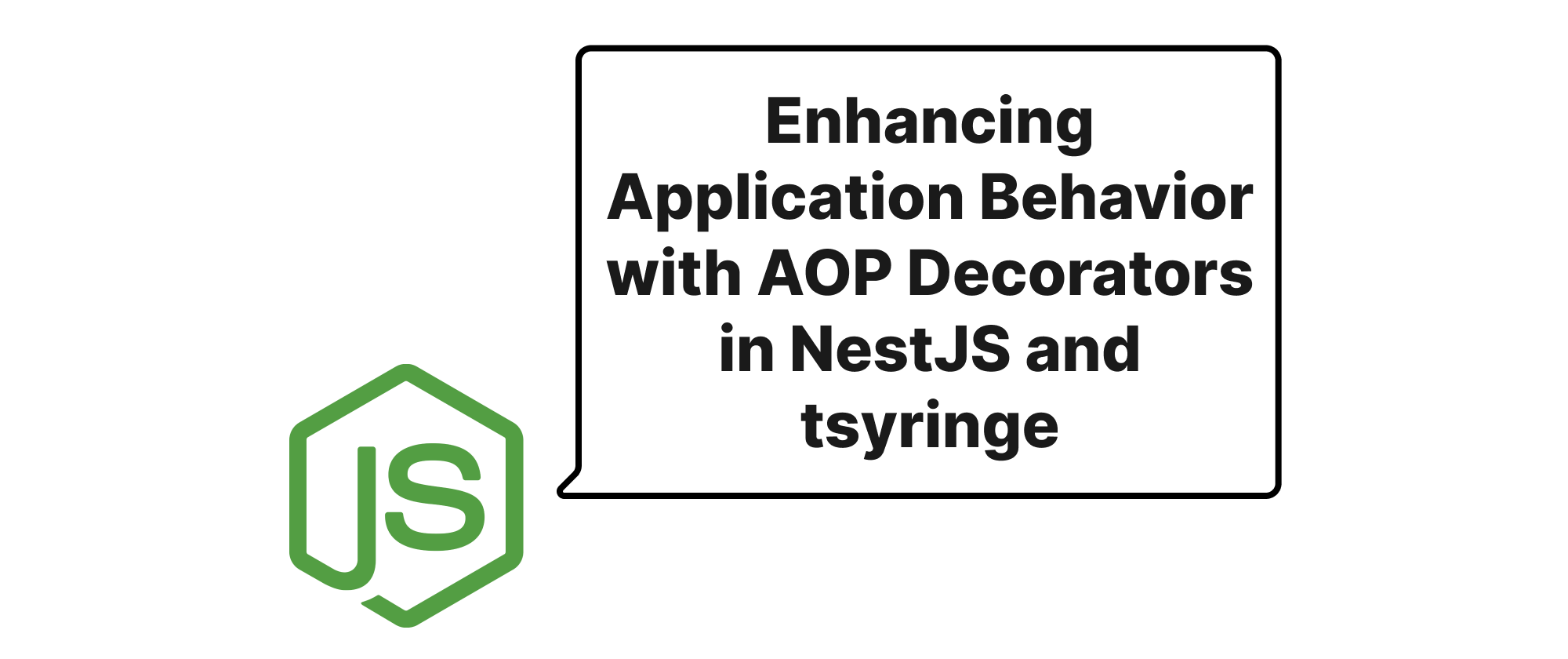Deep Dive into JavaScript's Memory Management and Web Performance
Lukas Schneider
DevOps Engineer · Leapcell

Introduction
In the intricate world of web development, JavaScript stands as a cornerstone, powering interactive and dynamic user experiences. Yet, beneath the surface of elegant syntax and powerful frameworks lies a fundamental, often overlooked aspect crucial for application responsiveness and stability: memory management. Understanding how JavaScript allocates and manages memory – specifically, the interplay between the memory Heap and Stack – is not merely an academic exercise. It's a pragmatic necessity for every developer striving to build high-performing web applications that run smoothly without consuming excessive resources or crashing unexpectedly. This deep dive will illuminate these core concepts, demystifying their operations and demonstrating their profound influence on your web application's performance.
Understanding JavaScript's Memory Model
Before we delve into performance implications, let's establish a clear understanding of the core memory components in JavaScript: the Stack and the Heap.
Core Terminology
-
Call Stack (Stack): This is a LIFO (Last In, First Out) data structure used to keep track of function calls. When a function is called, a new "frame" is pushed onto the stack. This frame contains local variables, function arguments, and the return address. When the function returns, its frame is popped off the stack. The Stack is primarily used for primitive values (numbers, booleans, null, undefined, symbols) and references to objects on the Heap. It's fast and operates in a very organized manner.
-
Memory Heap (Heap): This is a much larger, less organized region of memory where JavaScript stores objects and functions. Unlike the Stack, the Heap doesn't follow a strict LIFO order. Memory is allocated dynamically as needed and is less structured. Objects, arrays, and functions (which are also objects in JavaScript) are stored here. References from the Stack point to these locations on the Heap.
-
Garbage Collection: JavaScript, being a high-level language, employs automatic garbage collection. This means developers typically don't manually free memory. The JavaScript engine's garbage collector periodically scans the Heap to identify and reclaim memory that is no longer referenced by the running program, preventing memory leaks.
How Stack and Heap Interact
Imagine your program as a chef making a dish. The Stack is like your immediate countertop space where you keep your recipe, current steps, and small, essential tools (primitive variables). When you call a "sub-recipe" (a function), you add it to your countertop. The Heap is your pantry, filled with ingredients (objects, arrays) that you might need. When your recipe needs a large bowl of chopped vegetables (an object), you reference it from your pantry, but the bowl itself lives in the pantry. Once you're done with a sub-recipe, you clear its space from the countertop (pop from Stack). Eventually, unused items in your pantry get thrown out by a diligent assistant (garbage collector).
The Impact on Web Application Performance
The way code interacts with the Stack and Heap directly influences an application's speed, memory footprint, and overall responsiveness.
1. Stack Overflow and Recursion
The Stack has a finite size. Excessive recursion without a proper base case, or deeply nested function calls, can lead to a "Stack Overflow" error. This occurs when the Stack runs out of space to push new call frames.
Code Example (Stack Overflow):
// This function will cause a Stack Overflow function infiniteRecursion() { infiniteRecursion(); } // infiniteRecursion(); // Uncomment to see the error
Performance Implication: Stack overflows are critical errors that crash your application. While direct infinite recursion is rare in production, indirectly creating deep call stacks (e.g., event listeners calling each other in a loop) can also lead to this. Be mindful of recursion depth and consider iterative approaches for very deep logic.
2. Heap Memory Consumption and Garbage Collection Pauses
The Heap is where most of your application's "heavy lifting" memory resides. Creating many objects, large data structures, or holding on to unnecessary references can lead to:
- Increased Memory Footprint: The application consumes more RAM, potentially leading to slower performance on devices with limited memory.
- Frequent or Longer Garbage Collection Pauses: While automatic, garbage collection isn't entirely "free." When the garbage collector runs, it can momentarily pause the execution of your JavaScript code to identify and reclaim unused memory. Frequent or extended pauses, especially during critical animations or user interactions, lead to jank (stuttering) and a poor user experience.
Code Example (Potential Heap Issues):
// Example 1: Creating many large objects function generateLargeData() { const data = []; for (let i = 0; i < 100000; i++) { data.push({ id: i, name: `Item ${i}`, description: 'A very long description for this item that consumes more memory', payload: new Array(1000).fill(0) // Large array }); } return data; } let globalData = generateLargeData(); // This data stays in memory as long as globalData references it // Example 2: Unintentional closures holding onto large scope function createLogger() { let largeUnusedArray = new Array(1000000).fill('some_string'); // This array is captured return function logMessage(message) { console.log(message); // largeUnusedArray is technically accessible here, preventing its GC }; } const myLogger = createLogger(); // After this, even if logMessage only logs, largeUnusedArray remains in memory myLogger("Application started"); // myLogger = null; // Releasing the reference helps GC eventually reclaim memory
Optimization Strategies:
- Minimize Object Creation: Reuse objects where possible instead of creating new ones constantly.
- Nullify References: When an object or a large data structure is no longer needed, explicitly set its reference to
null(e.g.,myObject = null;). This signals to the garbage collector that the memory can be reclaimed. - Detach Event Listeners: Event listeners, especially on DOM elements, form closures that can inadvertently hold onto references. Always detach event listeners when the element or component is destroyed to prevent memory leaks.
- WeakMaps and WeakSets: For situations where you want to associate data with objects without preventing their garbage collection,
WeakMapandWeakSetare invaluable. They hold "weak" references, meaning if the only reference to an object is in aWeakMap/WeakSet, the object can still be garbage collected. - Virtualization: For displaying large lists, use techniques like list virtualization (e.g., React Window, Vue Virtual Scroller). This ensures only visible items are rendered and held in memory, drastically reducing Heap consumption.
- Debounce and Throttling: For frequently firing events (e.g.,
scroll,resize,input), use debouncing or throttling to limit the number of times you execute expensive functions that might create many objects.
Conclusion
The Stack and Heap, though abstract concepts, are the fundamental architects of memory management in JavaScript. A clear understanding of their mechanics, particularly how they influence object allocation and garbage collection, is paramount for building performant web applications. By being mindful of function call depths, consciously managing object lifecycles, and employing judicious optimization strategies, developers can significantly reduce memory consumption, mitigate garbage collection pauses, and ultimately deliver a smoother, more responsive user experience. Mastering memory management isn't just about avoiding errors; it's about unlocking the full potential of your web applications.


